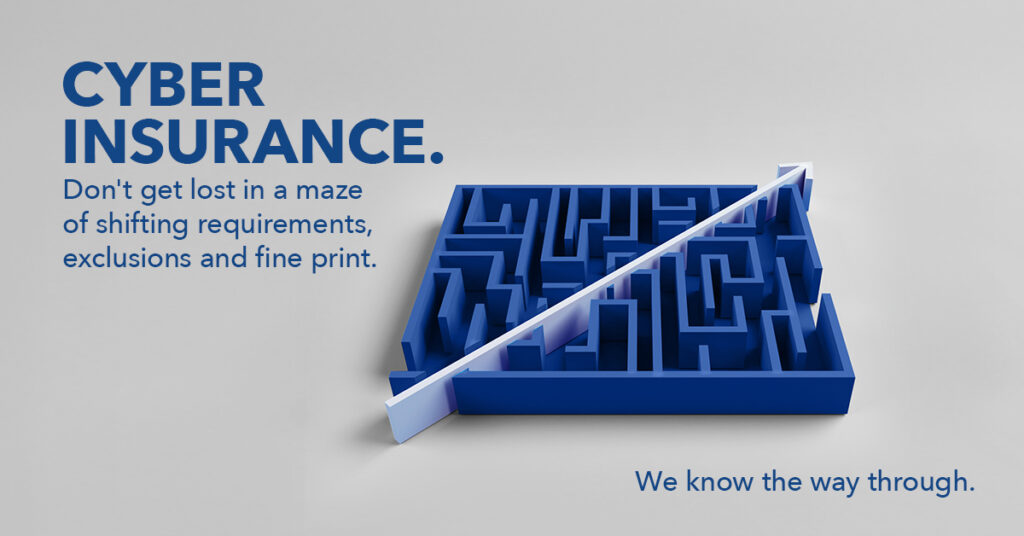Facing the Fear: Why Now Is the Time to Embrace AI

Facing the Fear: Why Now Is the Time to Embrace AI
There’s no question that AI is a game changer.
From transforming how we work to unlocking new business models, AI has the power to dramatically accelerate both company-wide productivity and individual performance. Whether it’s automating repetitive tasks, surfacing insights faster, or enabling entirely new ways of thinking, AI is already reshaping the future of work.
But despite the promise, one thing continues to hold us back: fear.
👔 Executive Fear: “Will AI Make Us Obsolete?”
At the leadership level, the fear is existential. What if AI disrupts our current business model? What if competitors adopt faster and leave us behind? These are valid concerns—but they’re also signals that it’s time to act. The companies that win in the AI era won’t be the ones who wait. They’ll be the ones who lead with clarity, communicate transparently, and build AI into their strategy.
If you’re an executive, now is the time to:
- Adopt an AI policy that clearly outlines your goals and strategic direction.
- Identify where AI can improve operations, customer experience, or innovation.
- Communicate openly about how AI will affect the company—positively and realistically.
👩💻 Employee Fear: “Will AI Take My Job?”
At the employee level, the fear is personal. Will AI replace me? Will I be left behind because I don’t know how to use it?
These fears are real—but they don’t have to define the future. The truth is, AI isn’t just about replacement. It’s about augmentation. It’s about giving people tools to do more, faster, and better.
If you’re leading a team, start by:
- Offering AI training that’s practical, hands-on, and inclusive.
- Creating space for internal conversations about how AI can improve workflows.
- Encouraging experimentation so employees feel empowered, not threatened.
🛠️ IT’s Role: Enabler or Bottleneck?
AI is no longer just a data science project—it’s an IT function. That means your IT team needs to be ready to:
- Support AI workflows across departments.
- Provide education and onboarding for new tools.
- Ensure governance and compliance are built in from the start.
Ask yourself: Is your IT team equipped to enable AI adoption at scale? If not, it’s time to reevaluate.
🚀 The Bottom Line
AI is here. The question isn’t whether to adopt it—it’s how. And the answer starts with acknowledging the fear, building trust, and taking action.
At Popper Tech, we believe the future belongs to the teams who are bold enough to lead through uncertainty—and smart enough to bring everyone along for the ride.













